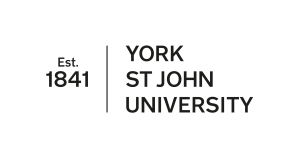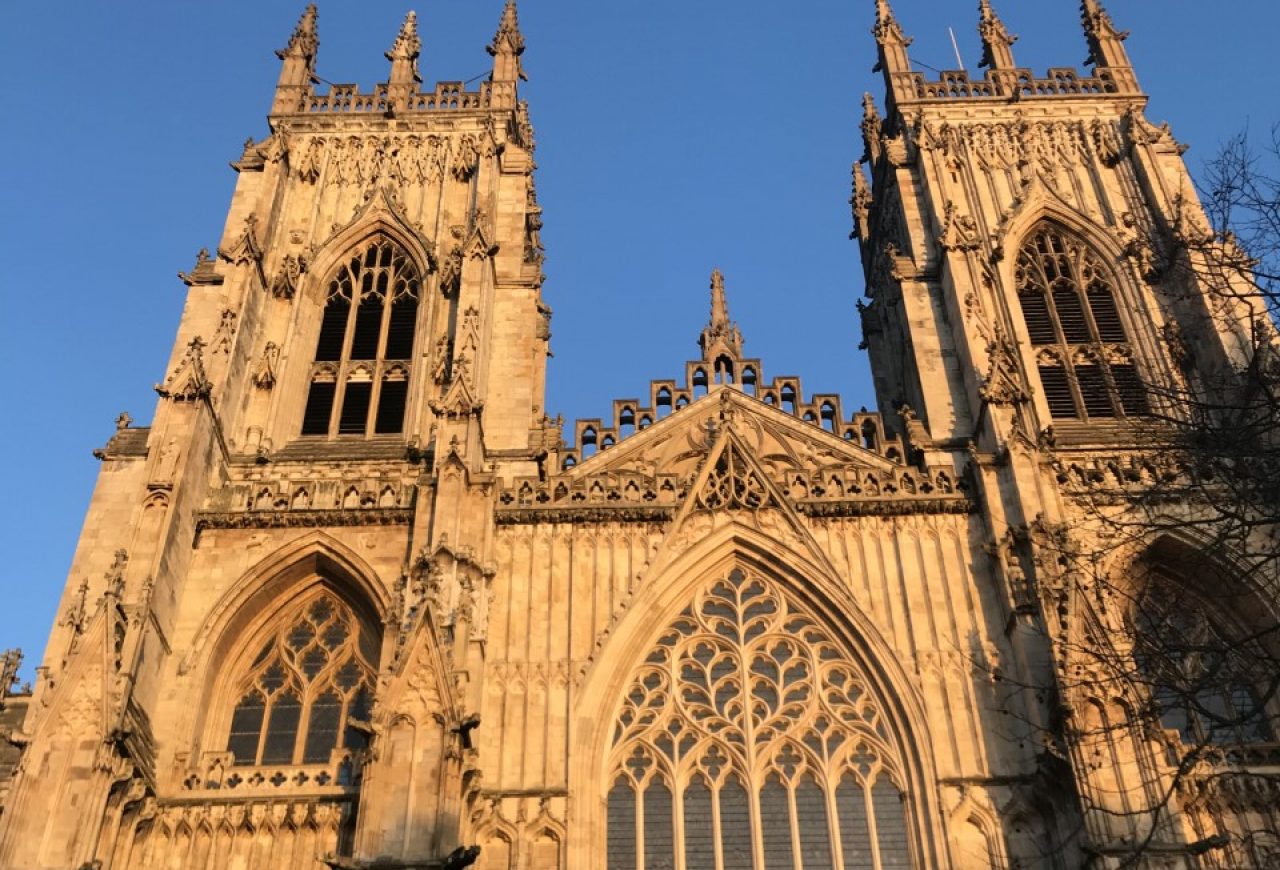In this post, second year History student Emily Knights shares her thoughts on the importance of volunteering following her History, Community and Culture placement at the Yorkshire Museum.
Who has spare time these days? Everything is fast-paced and people are constantly running from A to B, trying to get to their destinations as quickly as possible. People don’t seem to take the time to appreciate the things that are right in front of them, what hidden gems there are in their cities. It’s a joyous moment when people enter the Yorkshire Museum and say ‘I didn’t even know it was here’. It’s nice to be considered part of a precious place people appreciate greatly after discovering its existence.
More people should be aware of smaller museums. Most people know about the bigger ones like the Natural History Museum (London), and the Great North Museum (Newcastle Upon Tyne), but are blissfully unaware of the hidden gems in smaller cities. The Yorkshire Museum is one of these. Although it was built specifically to be a museum, I don’t think it gets all the credit and visitors it deserves. The collections it holds are extensive, and I wish more people knew about them so they could come and experience them for themselves.
We have so much to offer and the people I’ve spoken to all seem to be enjoying their visit – it feels so good to know you’re helping to improve someone’s day!
Museums rely on volunteers more than anything. The pay for museum work is notoriously low, so the more people museums have to help out, the better! The ‘Hands on Here’ scheme at the Yorkshire Museum is a way of recruiting volunteers to help visitors have a more memorable experience. Volunteers like myself show visitors real-life artefacts and can even allow them to handle them. We also welcome people to the museum and just generally chat to them. Talking to people and making sure they’re having a good time at the museum is important, and we can give feedback to higher levels.
We have over 300 volunteers at the moment, but we don’t all work at the same time. There are about 10 ‘item boxes’ on rotation, so we have a rota we can pick our hours from. Sometimes there will be quite a few volunteers on one day, and some days there are none. People do have busy lives so it’s unreasonable for them to volunteer all day every day. But if more people signed up to the scheme then could have more volunteer-visitor interactions. We can help to bring the exhibits and the periods we know about to life. It’s amazing how much more interested people become once they realise you do know what you’re talking about. We all have an interest in history, but there are so many benefits from being a volunteer.
Ever wanted to have access to multiple establishments for free? By doing the ‘Hands on Here’ scheme, we get free access to any YMT building and its exhibits. We also get a discount in the food and drink establishments on site. But, despite these benefits, the main one for me is that feeling you get when you make someone’s day. It just feels so good knowing that you’re helping someone learn and have a great day! It’s equally rewarding when visitors say it directly – that feedback is truly priceless.









